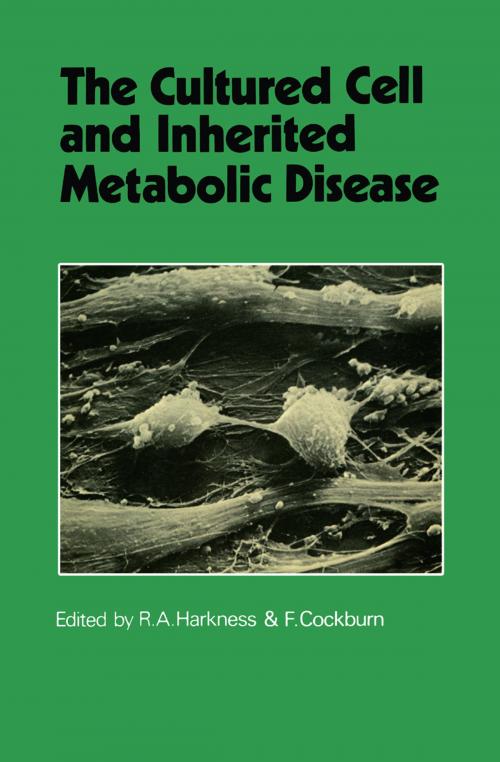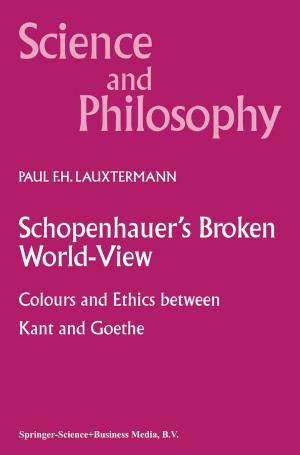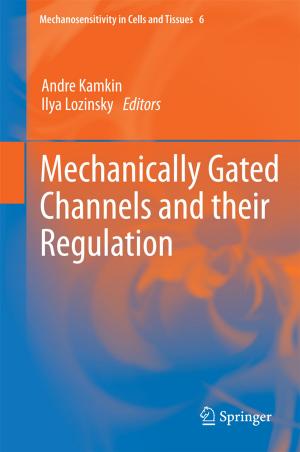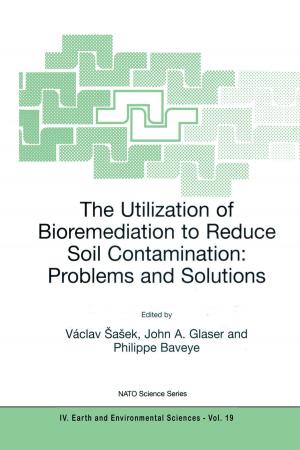The Cultured Cell and Inherited Metabolic Disease
Monograph Based Upon Proceedings of the Fourteenth Symposium of The Society for the Study of Inborn Errors of Metabolism
Nonfiction, Health & Well Being, Medical, Specialties, Pediatrics| Author: | ISBN: | 9789401166270 | |
| Publisher: | Springer Netherlands | Publication: | December 6, 2012 |
| Imprint: | Springer | Language: | English |
| Author: | |
| ISBN: | 9789401166270 |
| Publisher: | Springer Netherlands |
| Publication: | December 6, 2012 |
| Imprint: | Springer |
| Language: | English |
The use of cultured cells in the clinical diagnosis of hereditary metabolic dis ease is a rapidly developing subject to which many different disciplines have brought their expertise and knowledge. A number of scientists who have in dividually contributed to the growth of the subject gave invited papers at the Fourteenth Symposium of the Society for the Study of Inborn Errors of Metabolism in the University of Edinburgh on 13-16th July, 1976. These papers form the basis of this monograph which brings together contributions from the basic sciences and from physicians concerned primarily with human disease. The cross-fertilization produced by this interdisciplinary communica tion was invaluable to those trying to understand and overcome diagnostic problems posed by hereditary metabolic disease. Cell culture methods and cell preservation techniques were described by D. G. Harnden and D. E. Pegg; Dr T. Elsdale outlined some of the factors which control in vitro cell growth and division. Cell culture methods and cryopreser vation techniques have allowed the wide distribution of biochemically abnor mal cells and their study over long periods of time. It is also evident that when a defect which produces severe metabolic disorder in man can be studied in the laboratory using isolated cell cultures a wide variety of investigative procedures can be focused on to the cellular defect without distress or discomfort to the patient or relatives.
The use of cultured cells in the clinical diagnosis of hereditary metabolic dis ease is a rapidly developing subject to which many different disciplines have brought their expertise and knowledge. A number of scientists who have in dividually contributed to the growth of the subject gave invited papers at the Fourteenth Symposium of the Society for the Study of Inborn Errors of Metabolism in the University of Edinburgh on 13-16th July, 1976. These papers form the basis of this monograph which brings together contributions from the basic sciences and from physicians concerned primarily with human disease. The cross-fertilization produced by this interdisciplinary communica tion was invaluable to those trying to understand and overcome diagnostic problems posed by hereditary metabolic disease. Cell culture methods and cell preservation techniques were described by D. G. Harnden and D. E. Pegg; Dr T. Elsdale outlined some of the factors which control in vitro cell growth and division. Cell culture methods and cryopreser vation techniques have allowed the wide distribution of biochemically abnor mal cells and their study over long periods of time. It is also evident that when a defect which produces severe metabolic disorder in man can be studied in the laboratory using isolated cell cultures a wide variety of investigative procedures can be focused on to the cellular defect without distress or discomfort to the patient or relatives.















